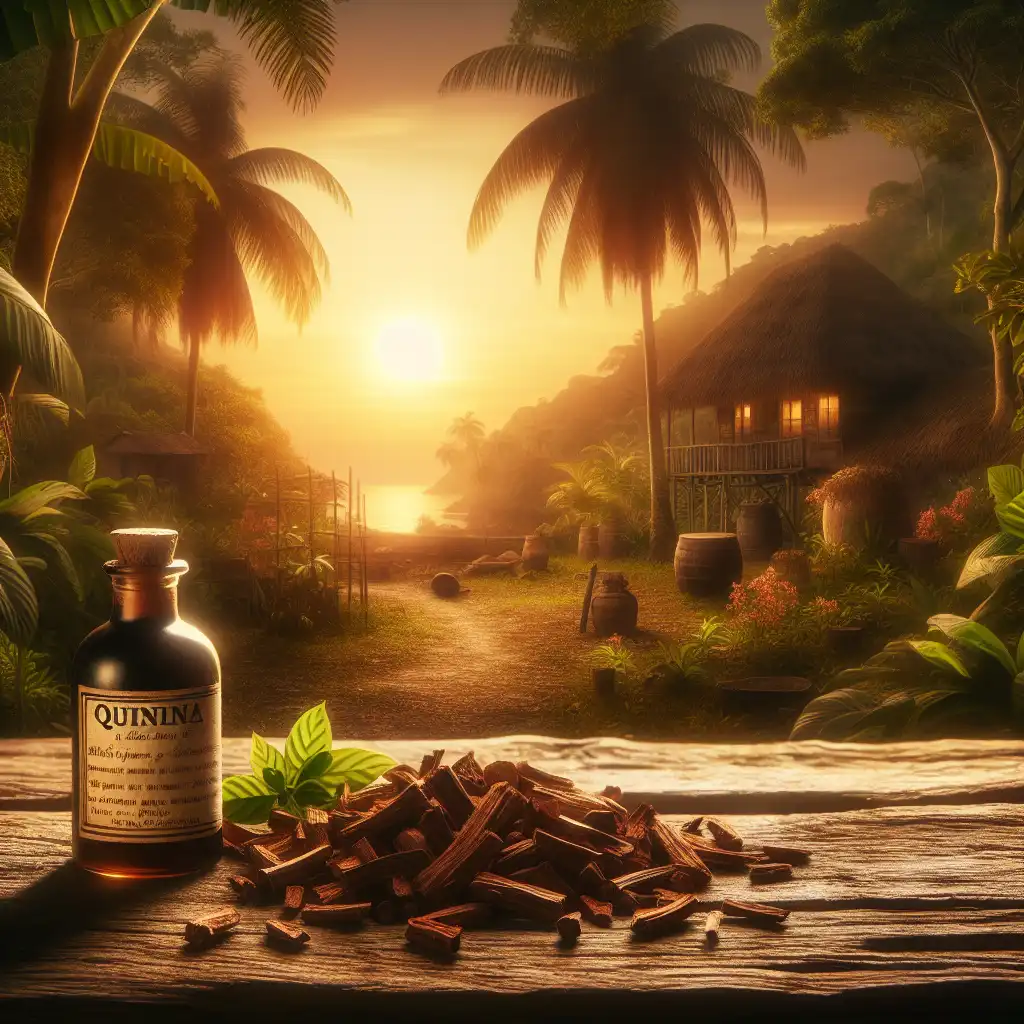
Quinine
Medical Usage
Quinine is often associated with medical treatment, especially for malaria.  The doctor prescribed quinine as part of the malaria treatment regimen.
The doctor prescribed quinine as part of the malaria treatment regimen.
Historical Relevance
Quinine has a historical significance as one of the first malaria treatments.  Historians mention quinine as a life-saving drug in tropical colonies.
Historians mention quinine as a life-saving drug in tropical colonies.
Cultural Association
Quinine is known culturally for its addition to tonic water, creating a bitter taste.  Tonic water gains its unique flavor from the addition of quinine.
Tonic water gains its unique flavor from the addition of quinine.